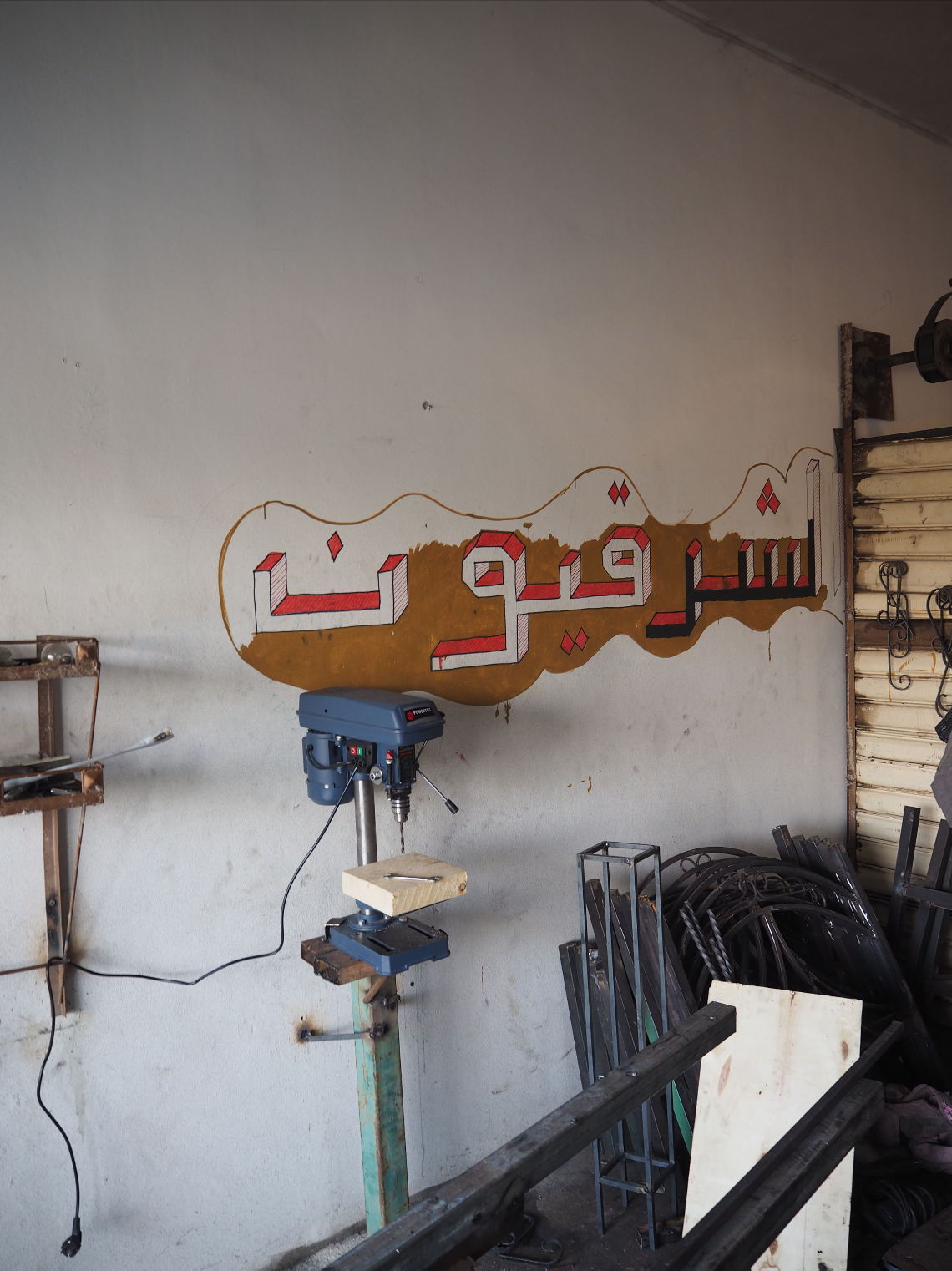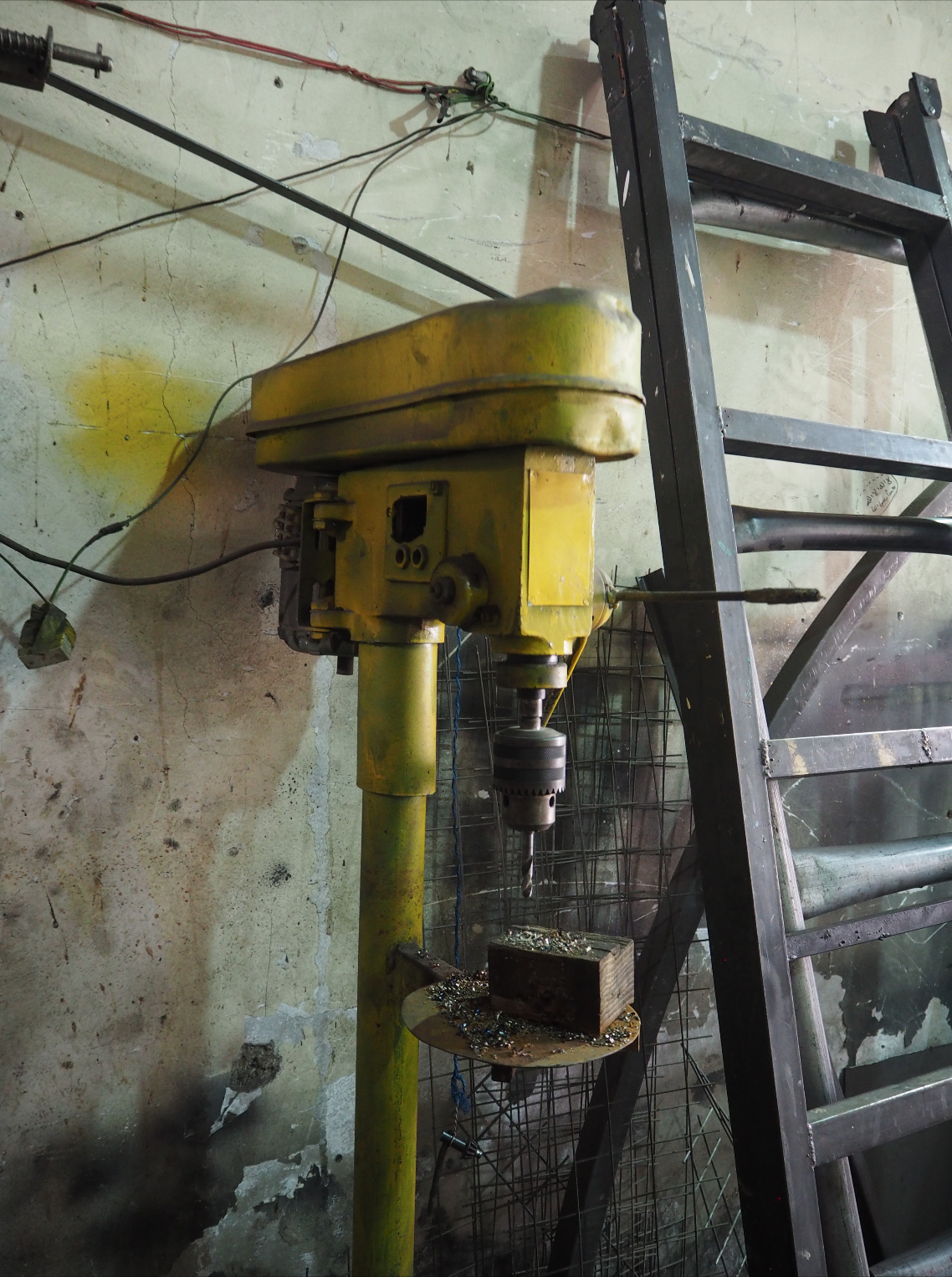
Petra (Arabic: البتراء, Al-Batrāʾ; Ancient Greek: Πέτρα), located in the south of the country, is the most visited site in Jordan. The city was built in 400 a.c., being the capital of the Nabatean empire, which is considered one of the greatest civilization in history. The city is carved into red-rose rocks and it extends over 40 square kilometers, famous for its rock-cut architecture and water conduit system, Petra is considered one of the seven “new” wonders of the world. I couldn’t stop thinking about the amount of hours that someone spent to carve those facades into the rocks, extracting a precise architecture with chisels and hammers.
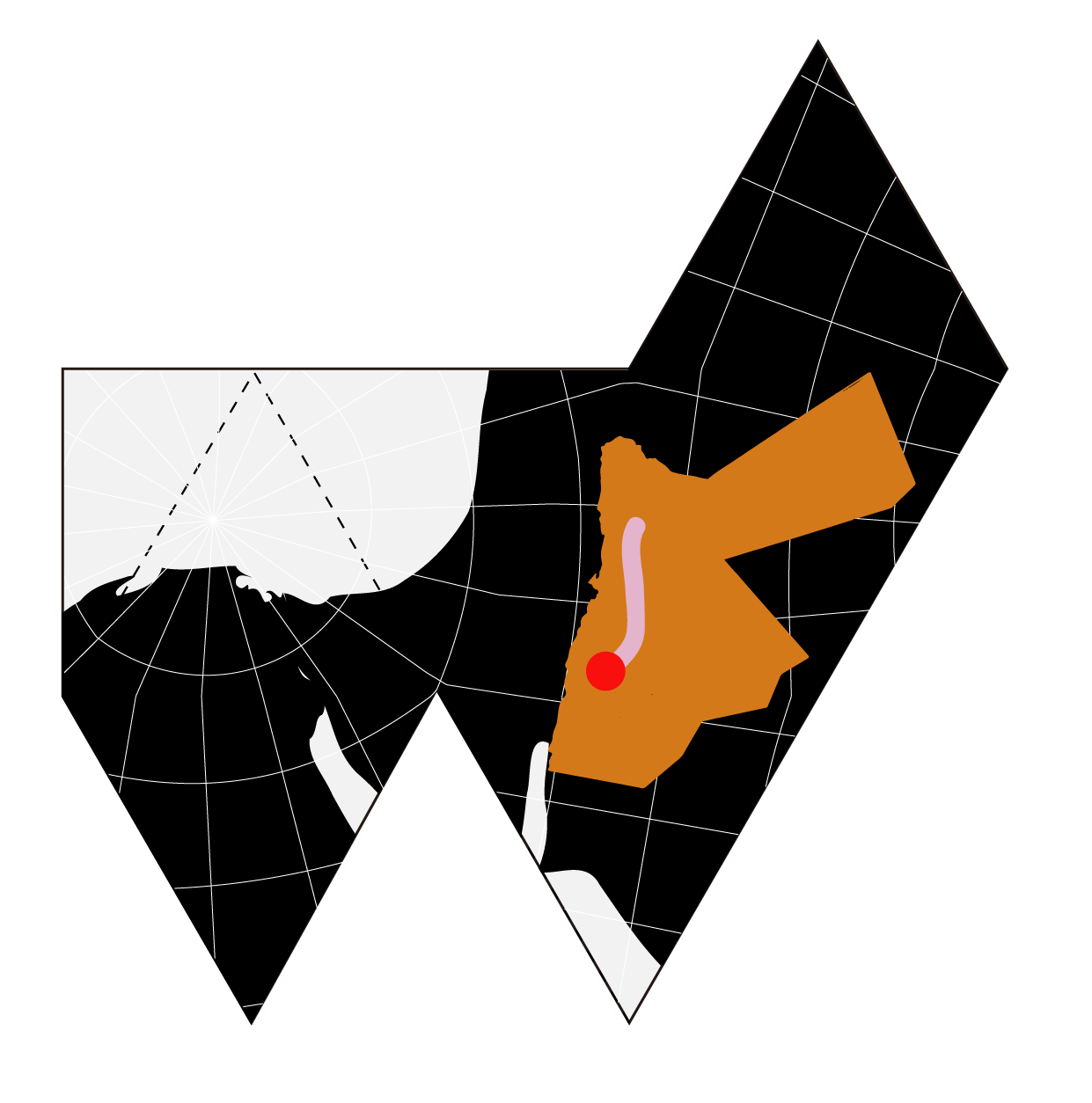
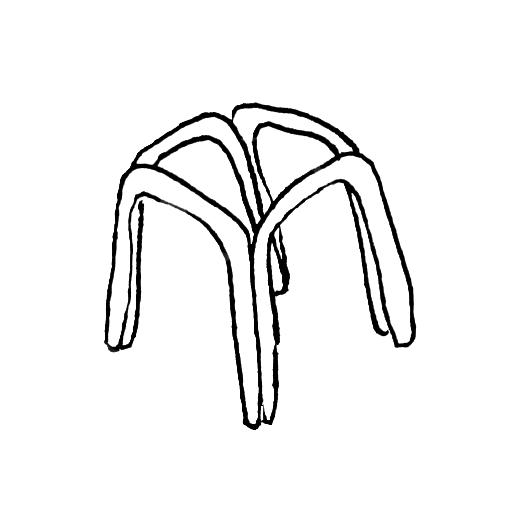
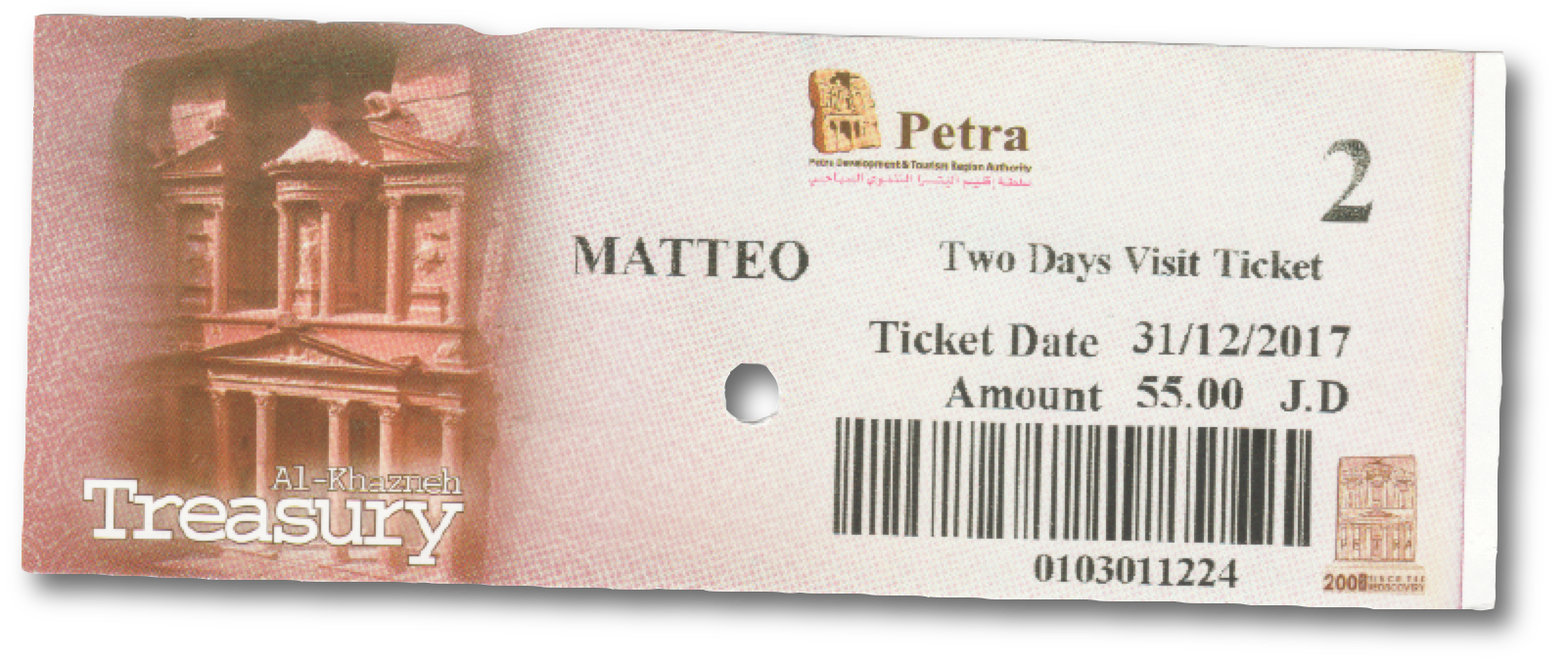
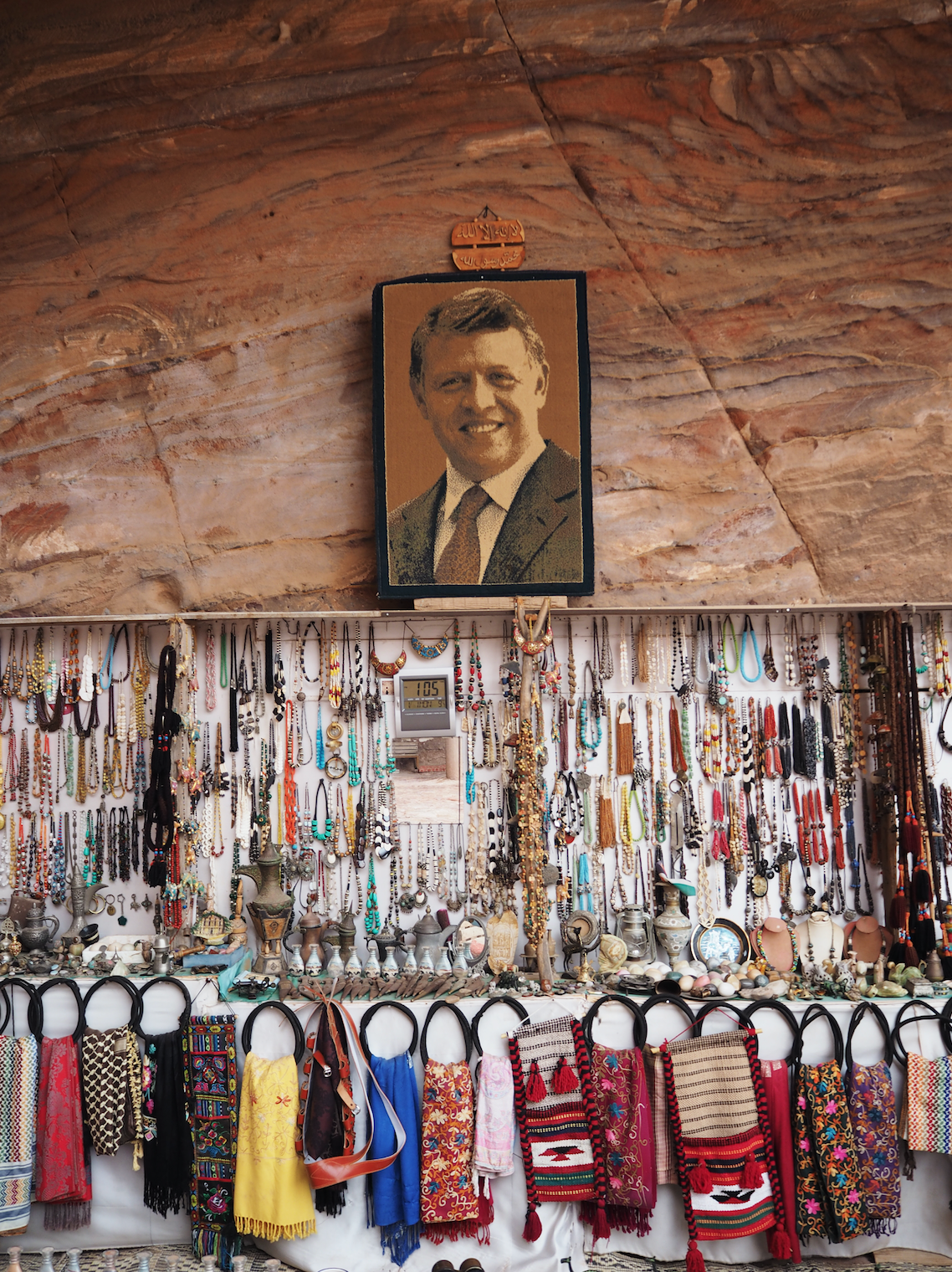

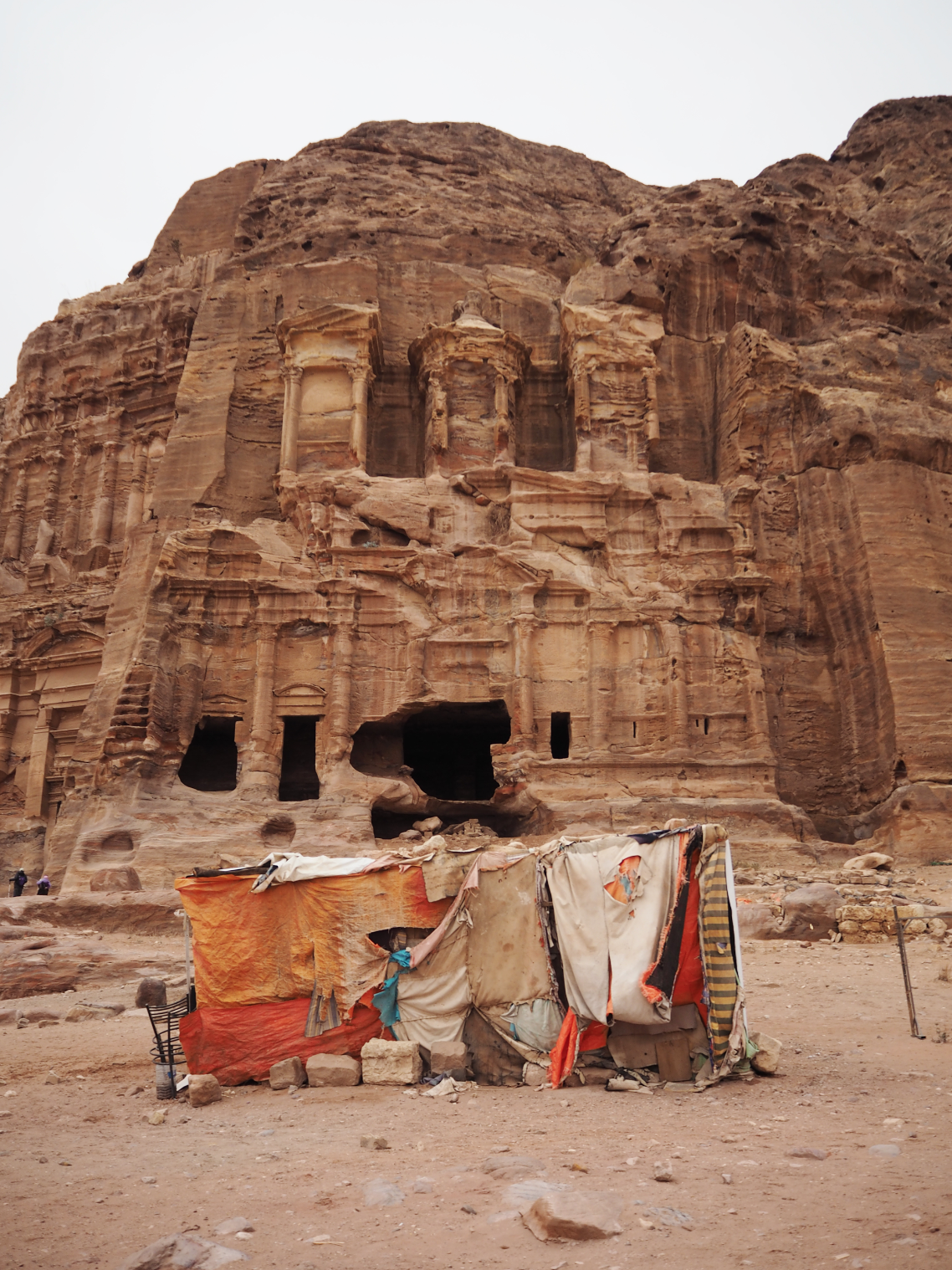
During the centuries Petra was inhabited by
many civilizations, like Romans and Byzantines, who have left their footprint
with important ruins of theatres and temples, but also by the Bedouins
population, known as the “Bedouls”, who occupied Petra for the last generations
until today.
The Bedouls had lived in this site for hundreds of years, claiming to be direct descendants from the Nabateans. But since 1985, when UNESCO declared Petra a World Heritage Site, they were forced to move out of the caves and temples of the historic area. More than 250 families moved out but about 50 families still live inside the site, working as camel rider, souvenir sellers or unauthorized guides.
The Bedouls had lived in this site for hundreds of years, claiming to be direct descendants from the Nabateans. But since 1985, when UNESCO declared Petra a World Heritage Site, they were forced to move out of the caves and temples of the historic area. More than 250 families moved out but about 50 families still live inside the site, working as camel rider, souvenir sellers or unauthorized guides.
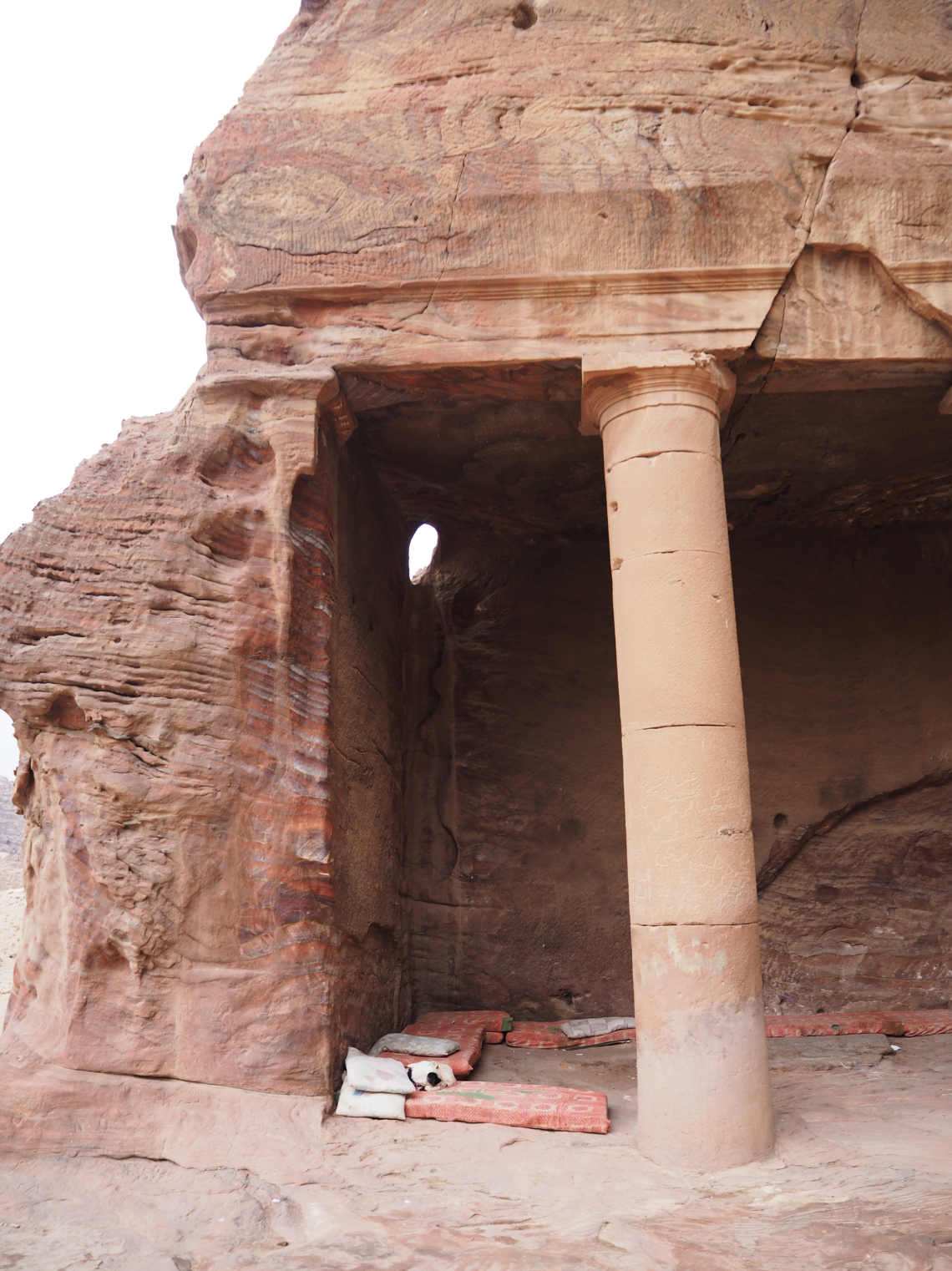
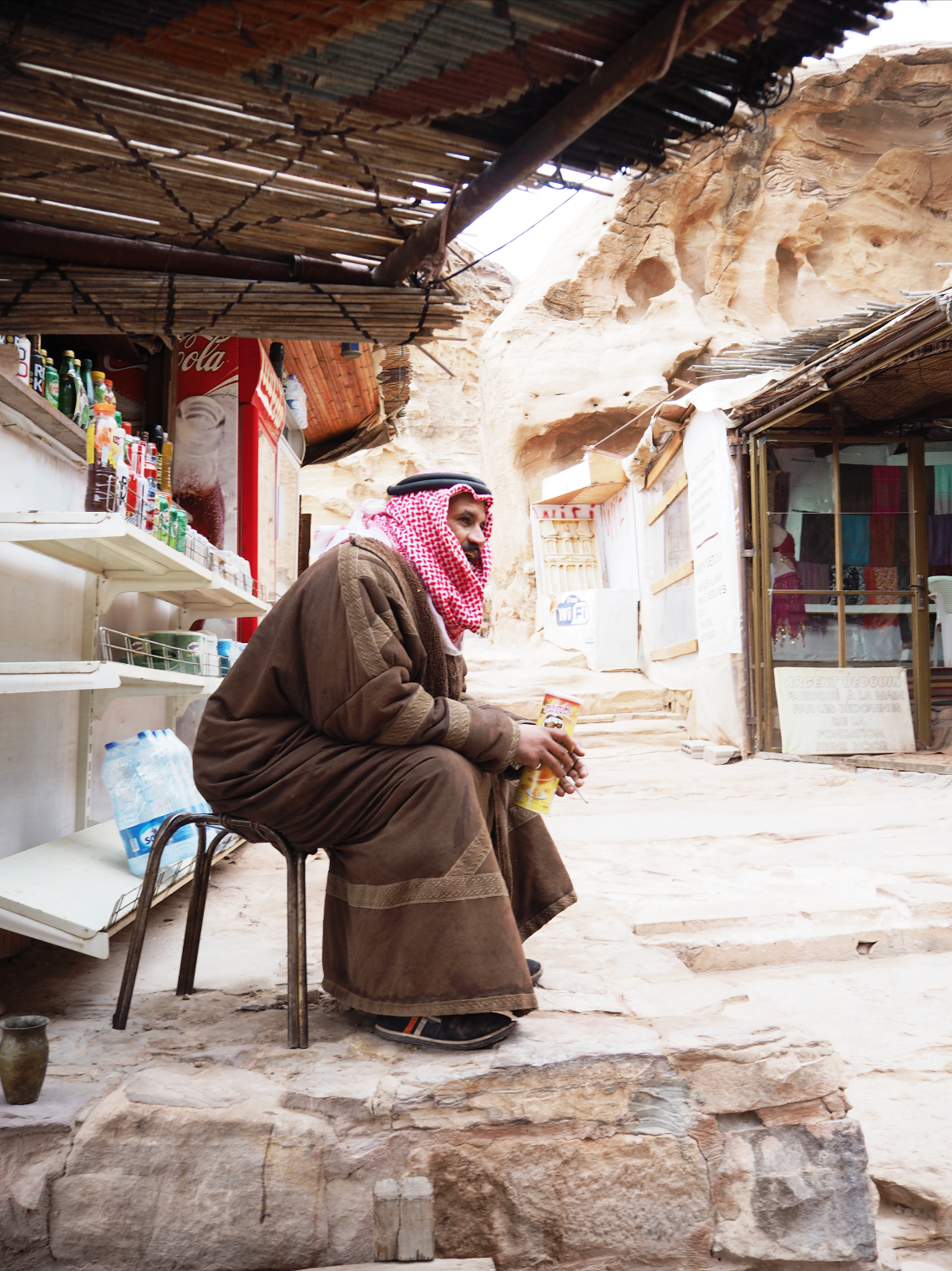
My interest started when I noticed that many of them used the same stool in their shelters or souvenir huts. After asking to some of them more about this stool, I finally found Alima, a young girl that spoke a little bit of English, that told me it was called “cursy”. I asked how it was spelled but she told me she did not know
how to write.
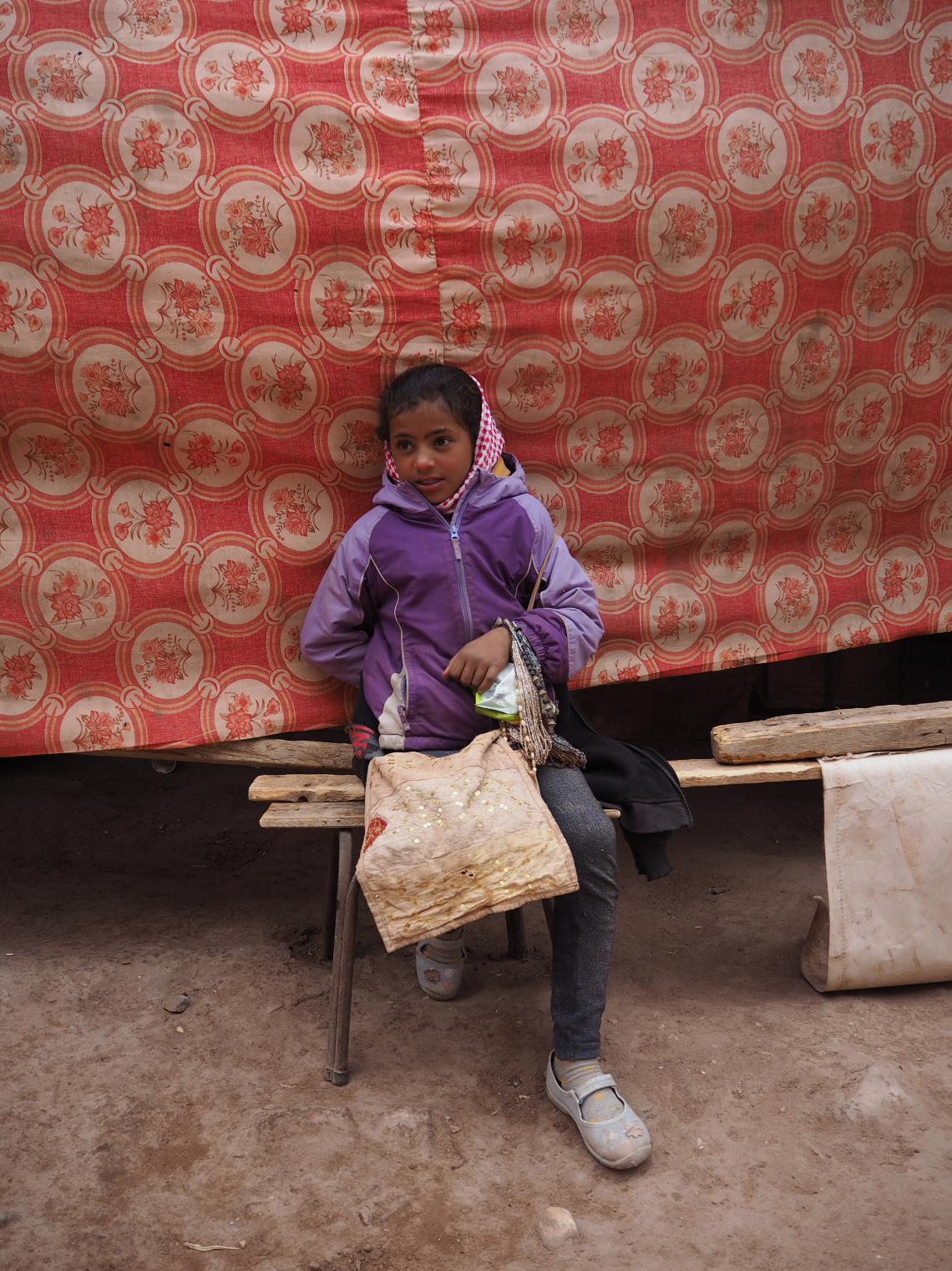


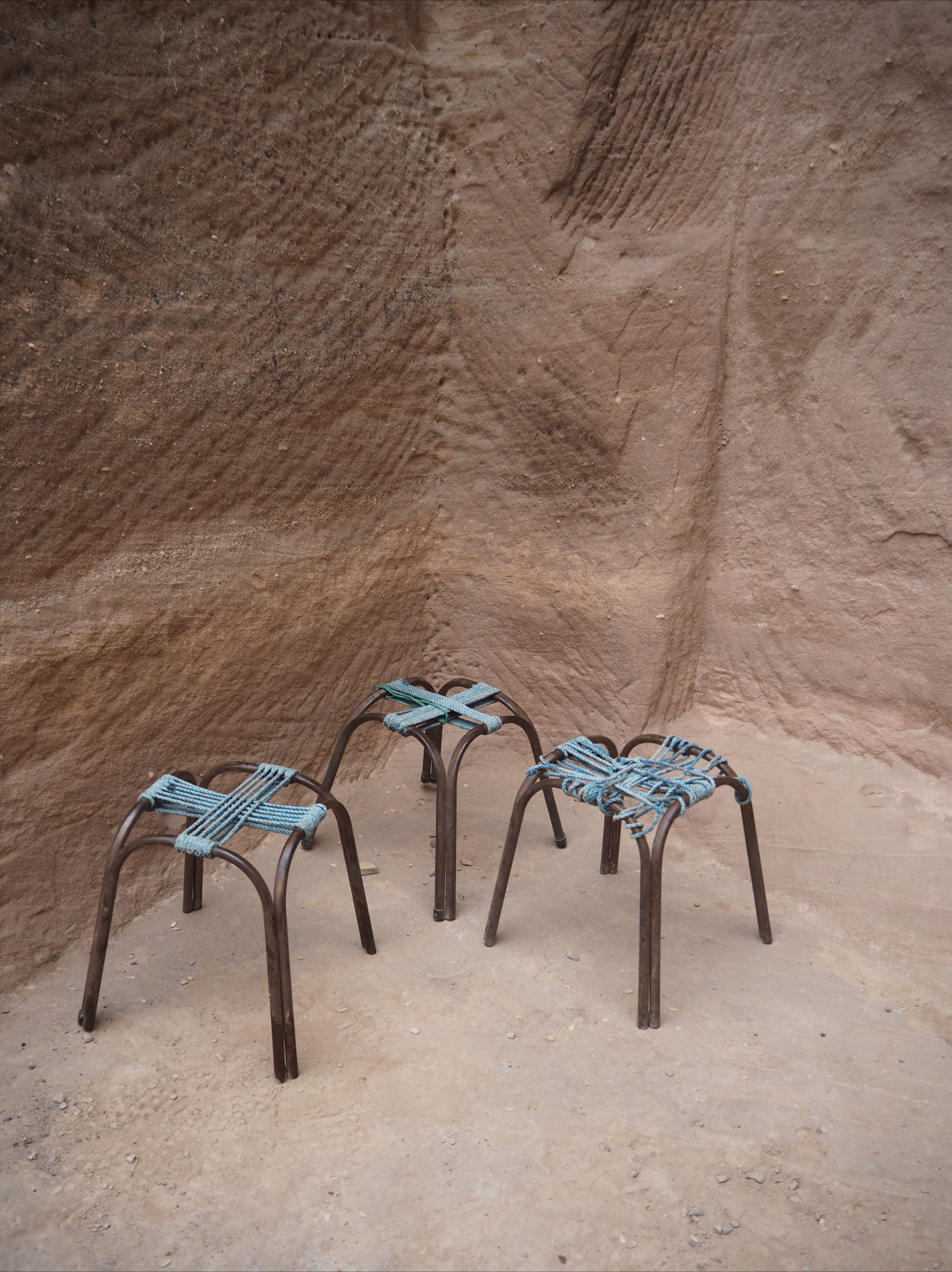
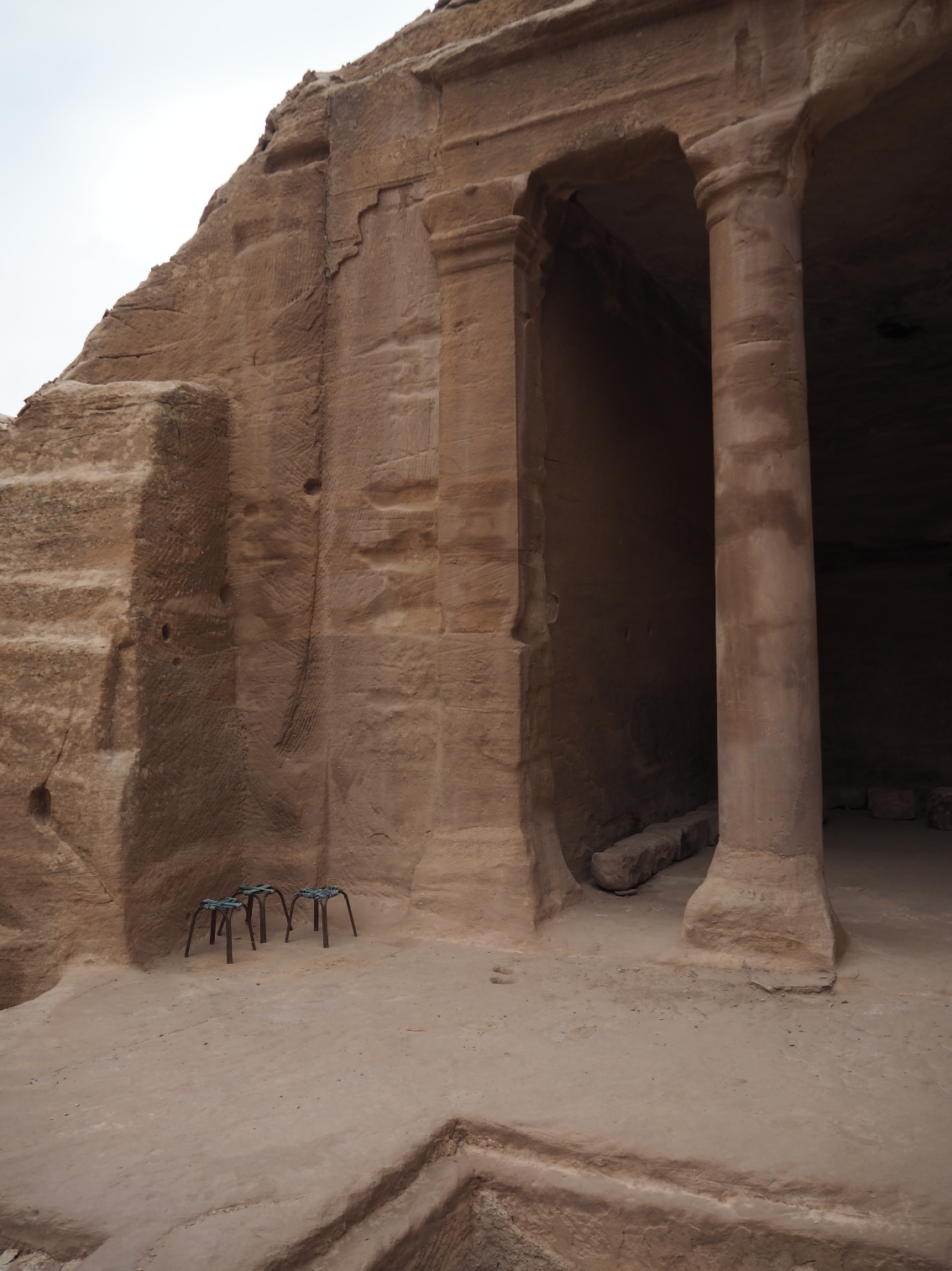
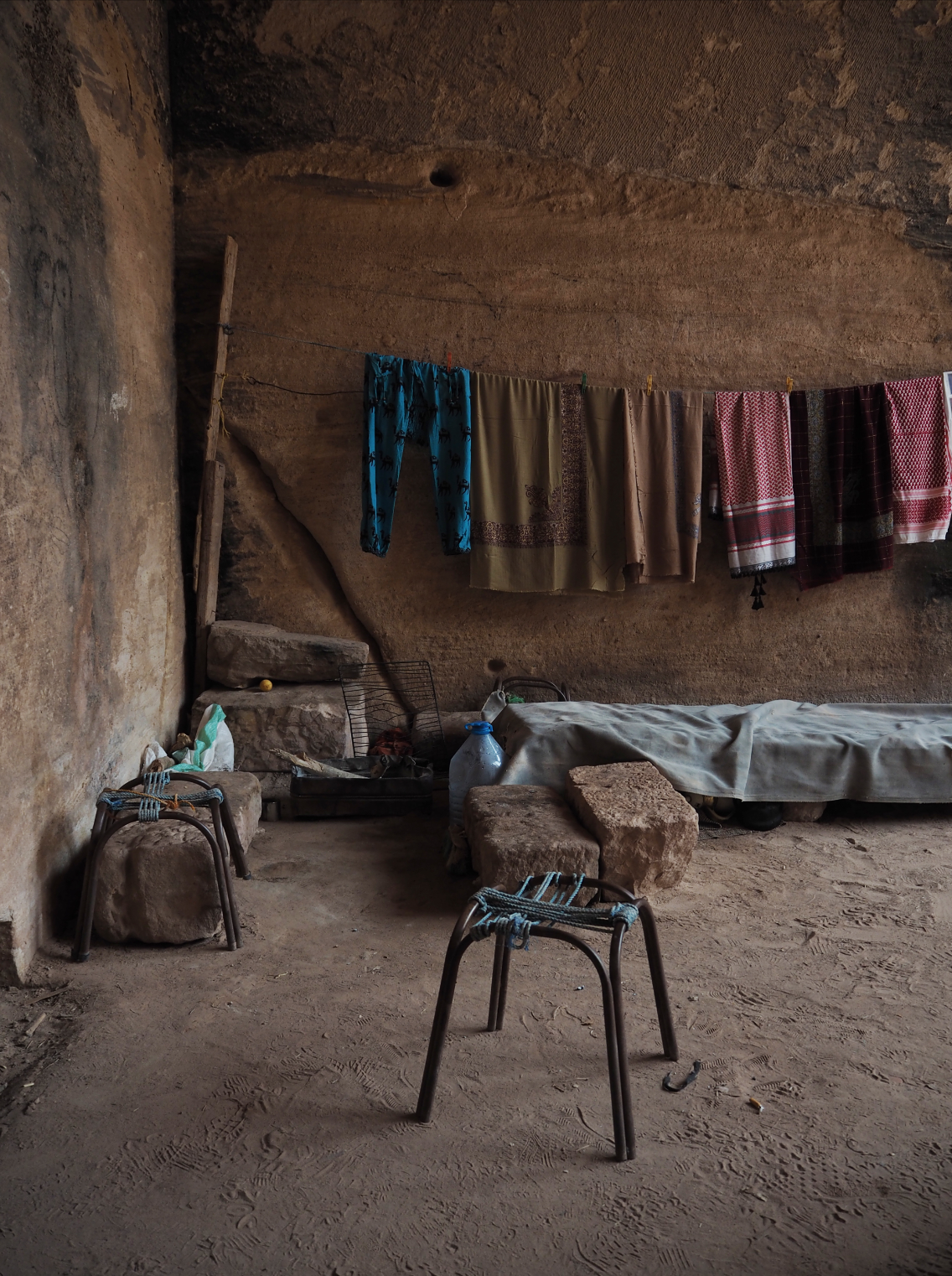
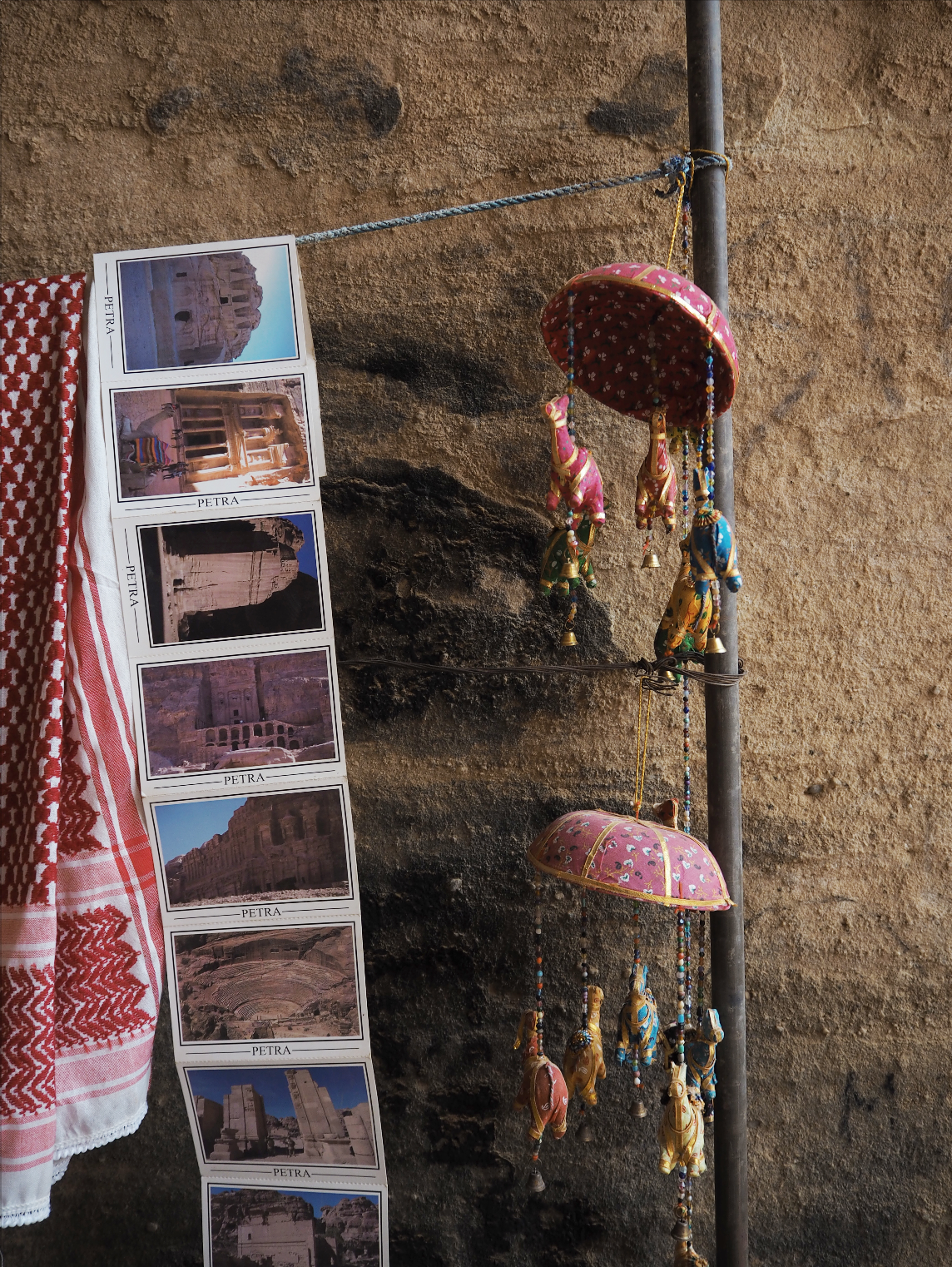
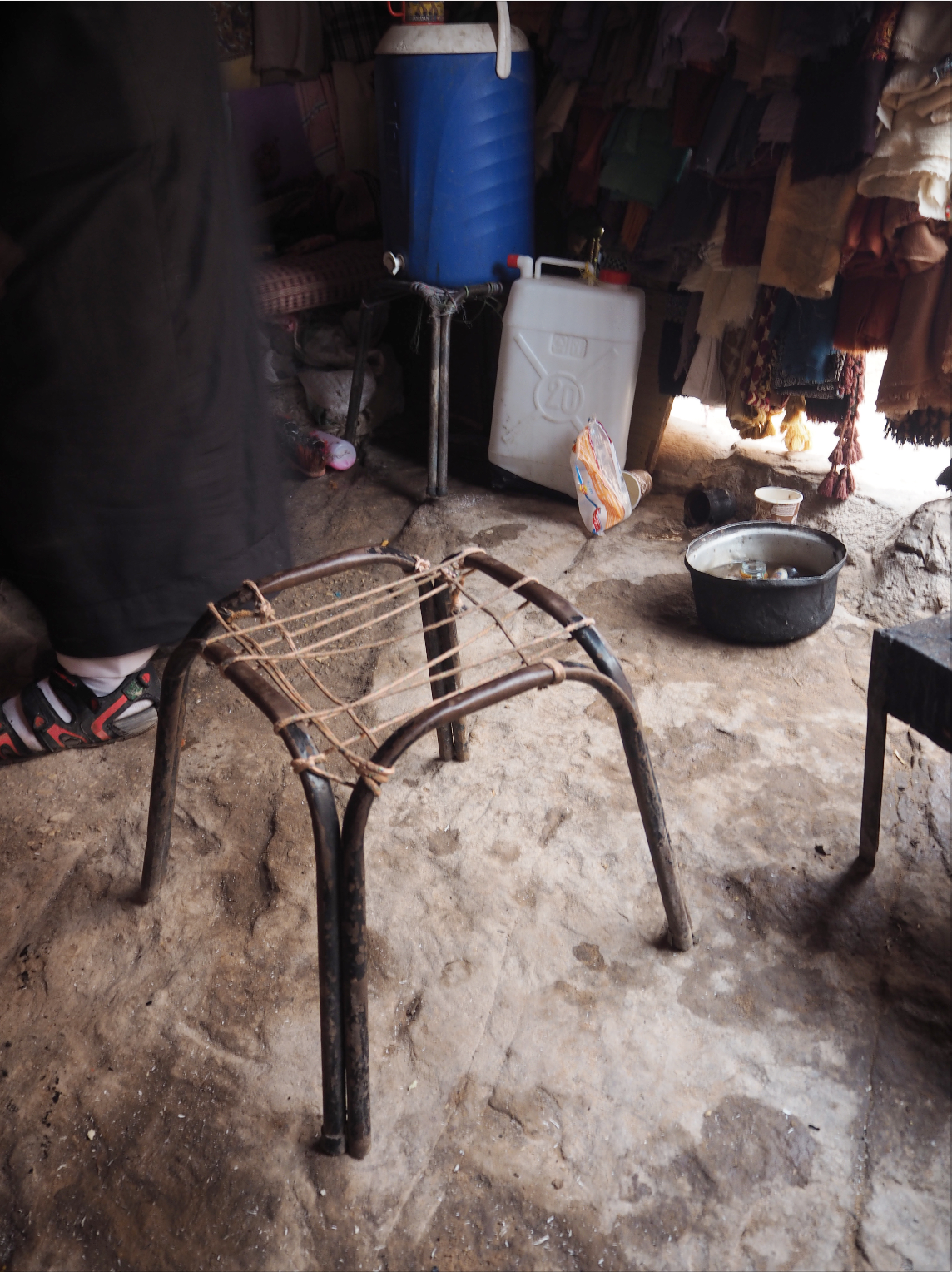
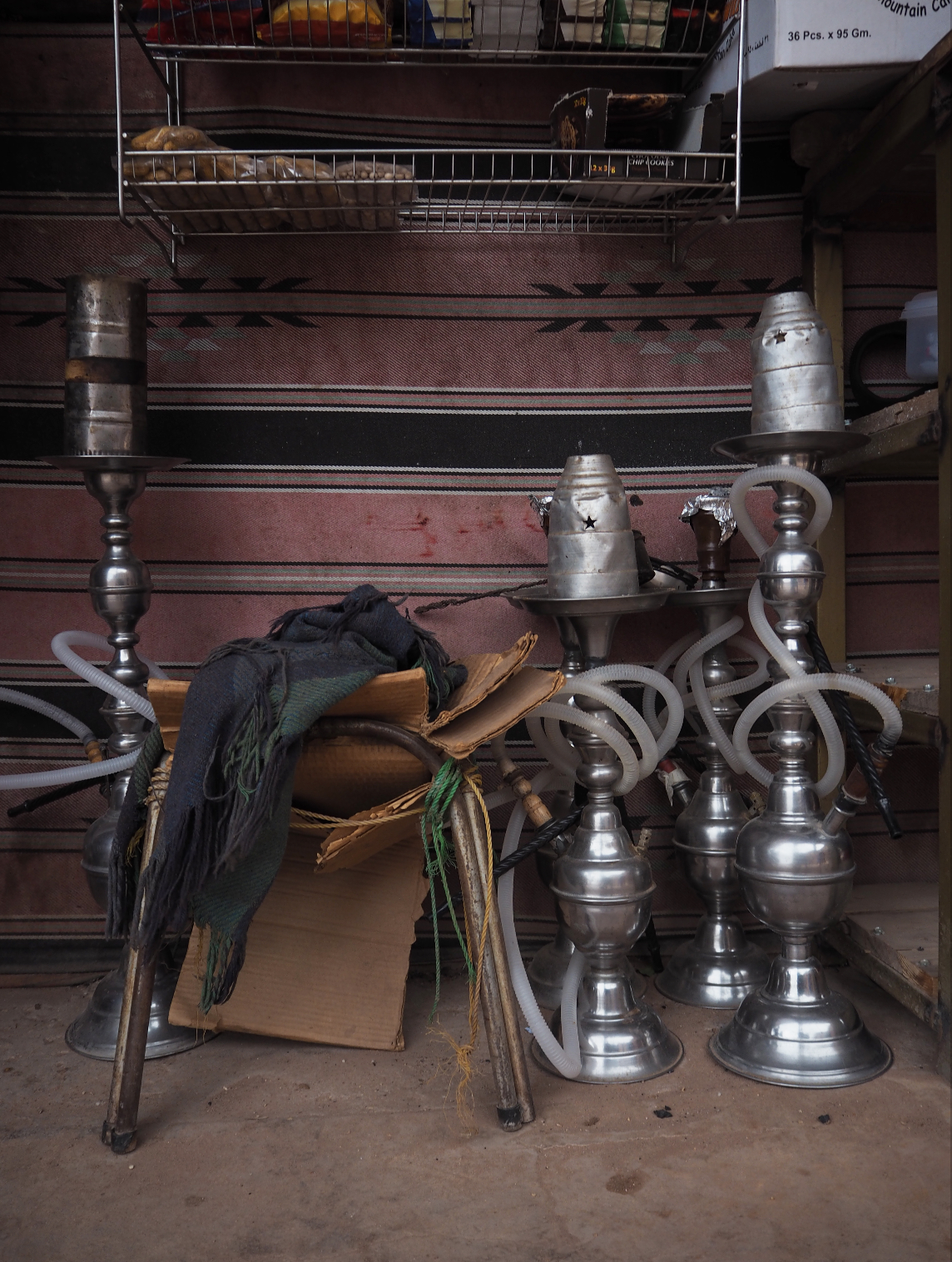
It’s impossible not noticing the presence of Bedouins around Petra, they control the transportation of tourists with donkeys and camels around the site and the numerous souvenirs huts, both inside and outside the temples and tombs. To discover more about this stool I sat down with a couple of them for a cup of tea on my way to the Ad Deir Monastery. They explained to me that is a handmade structure that is produced by a local smith in Wadi Musa, the first village next to Petra.
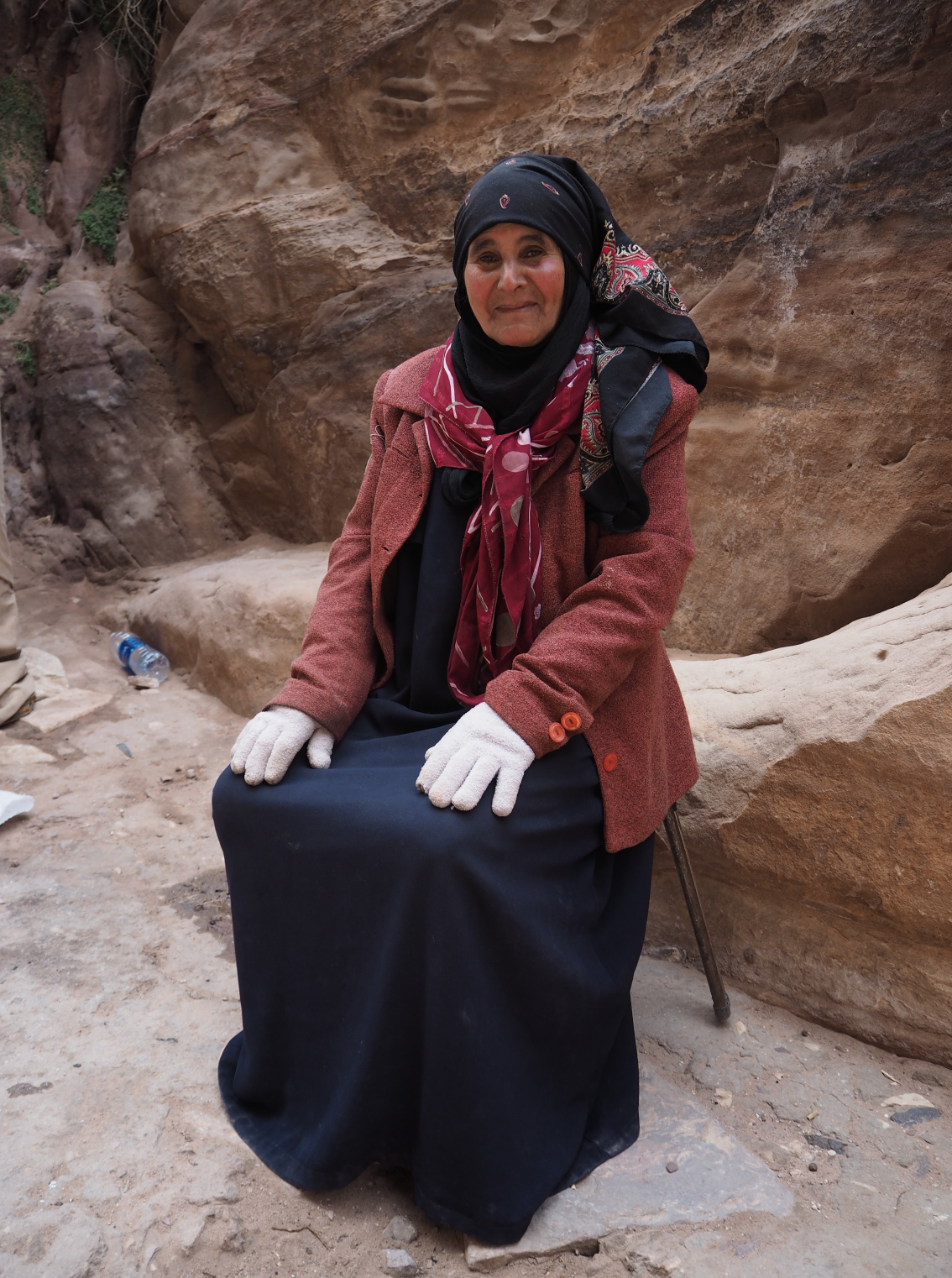

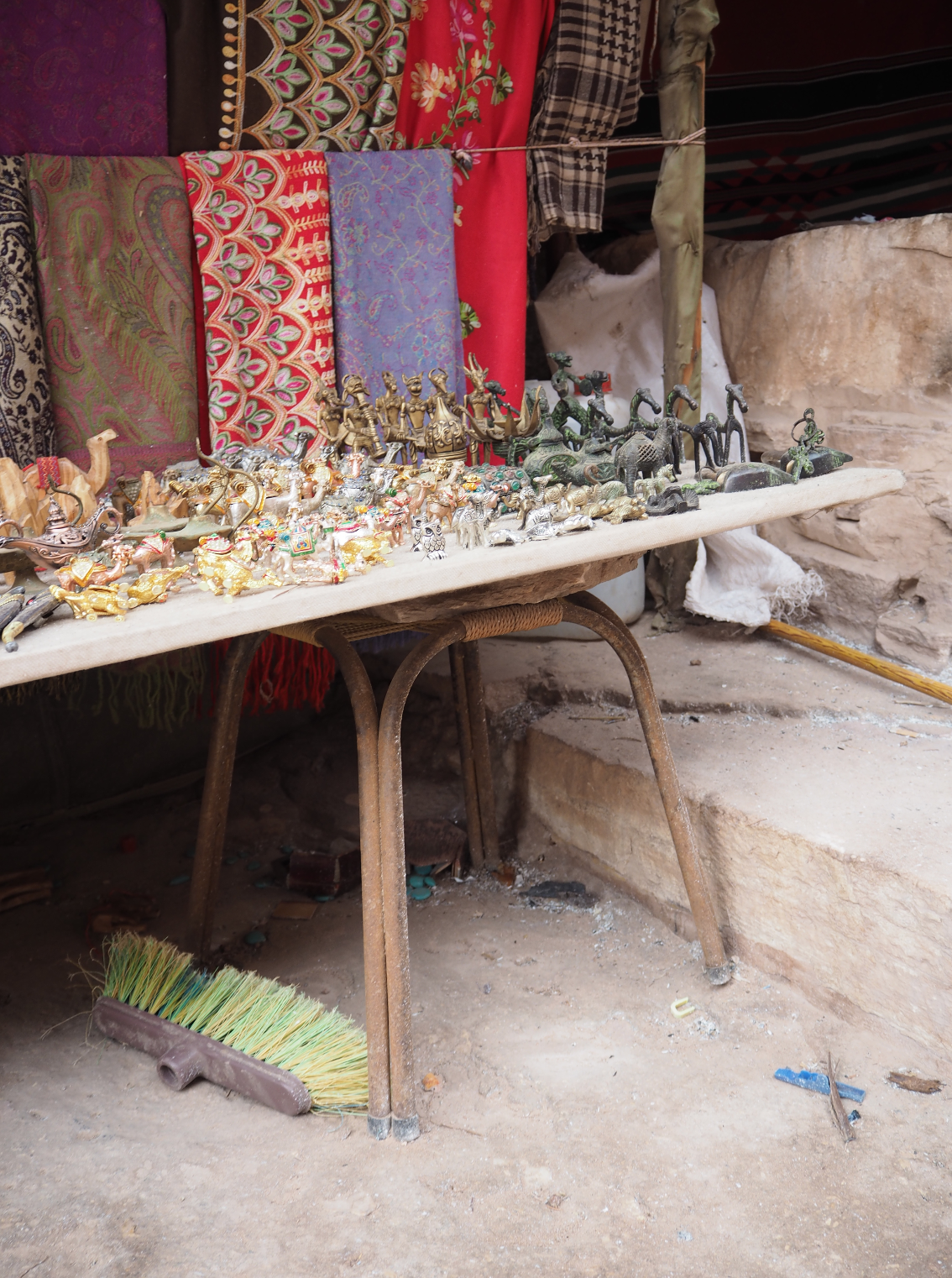
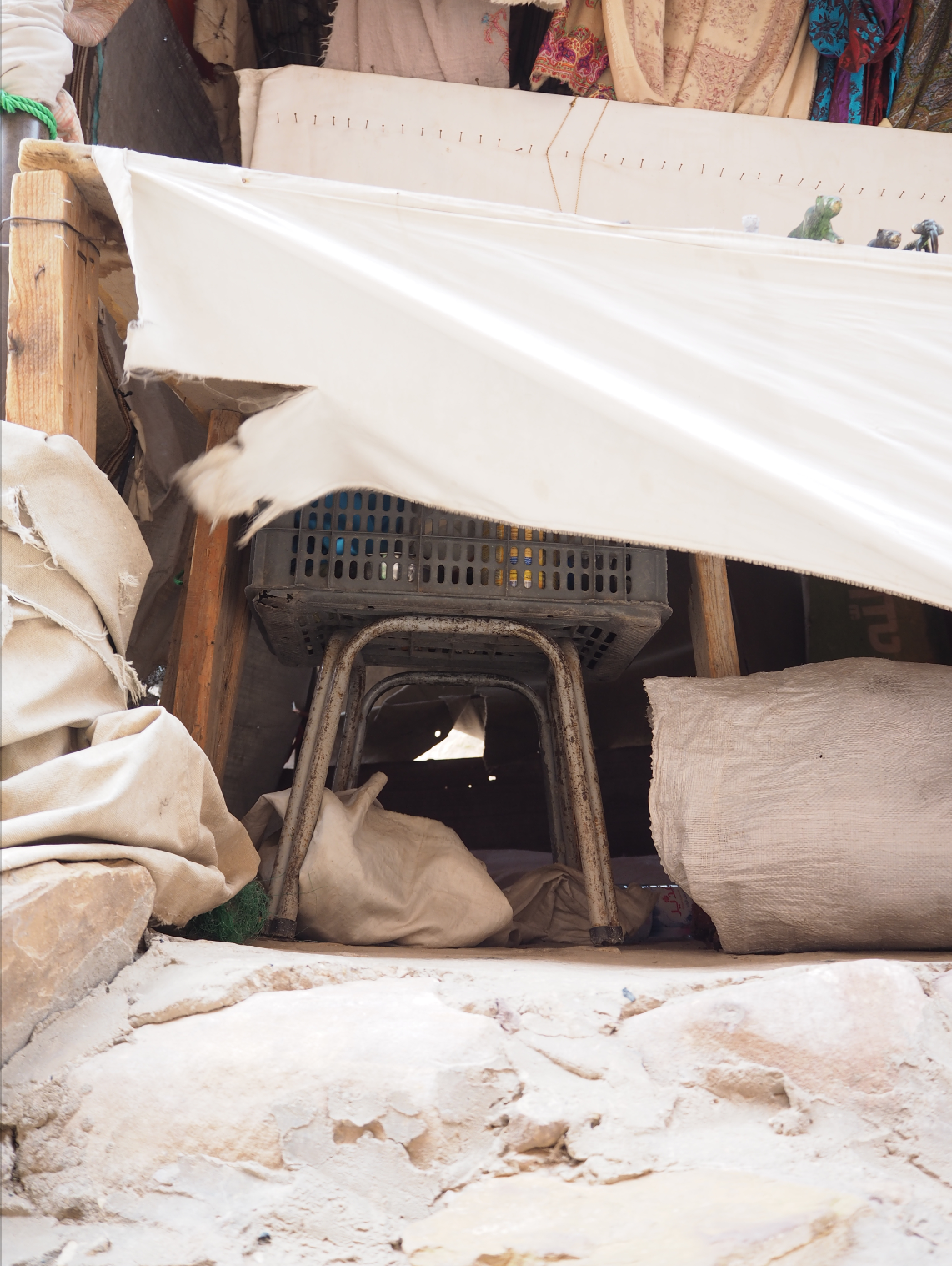
First thing in the morning after I was walking
down to the village and ask for the blacksmith. I had breakfast in a local bakery and the baker wrote me down in a piece of paper the address of the blacksmtihand, which was the same that a taxi
driver confirmed few moments later, Tourist Street. It didn’t take me too long to
find Mohammed, the only blacksmith of Wadi Musa. Surprisingly he had a good
level of English, he explained to me that he started work in the workshop recently,
after his father’s death. Apparently, the designer of the “cursy” stool was his
father, Malik, who taught his son the art of working with metal. He only used
four identical bended steel tubes, with a weld in the upper and lower part of
the legs. Only the metal structure is sold, without the intertwined part, which
is a task of those who acquire it.
![]()
![]()
![]()
![]()
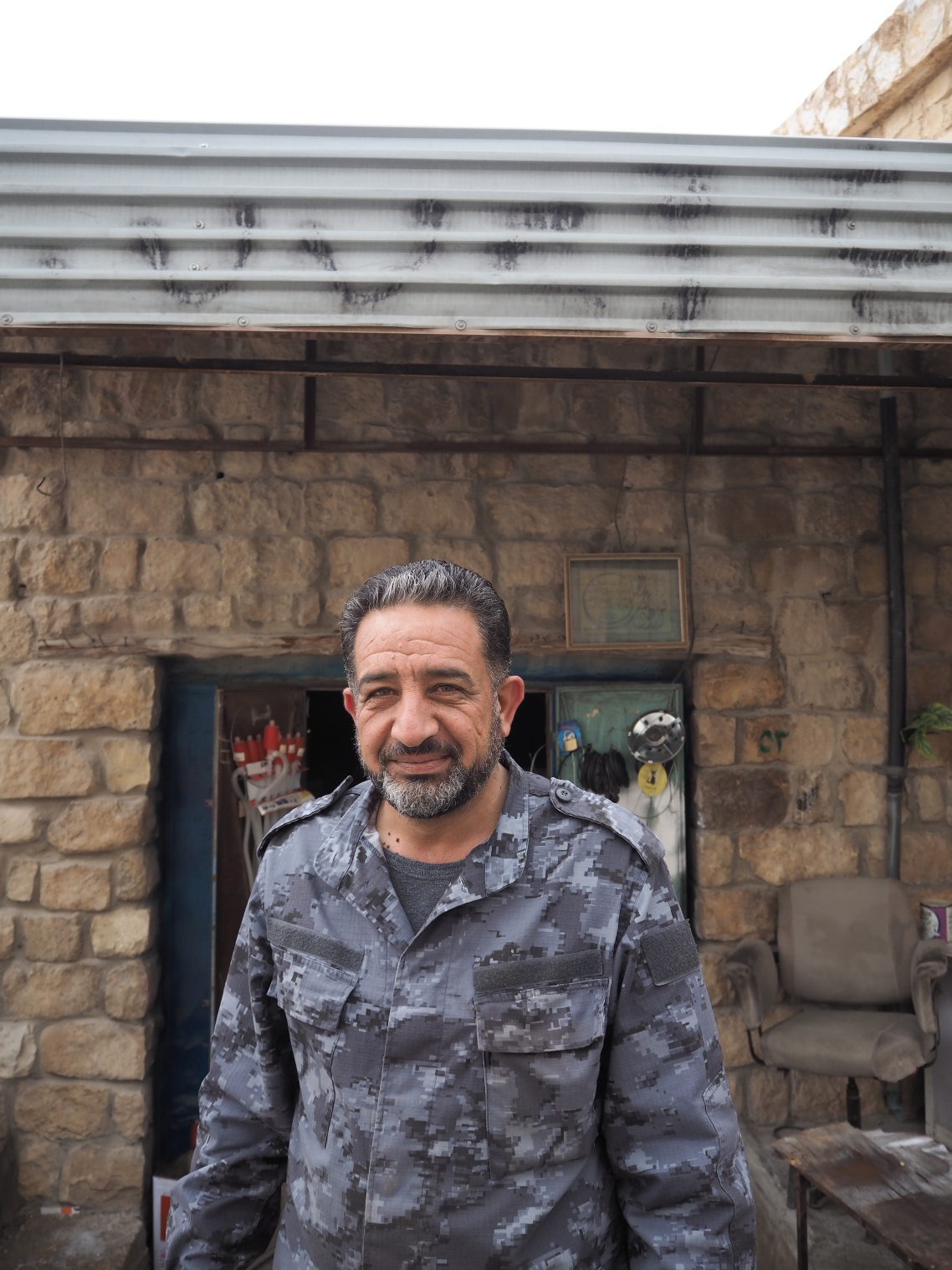


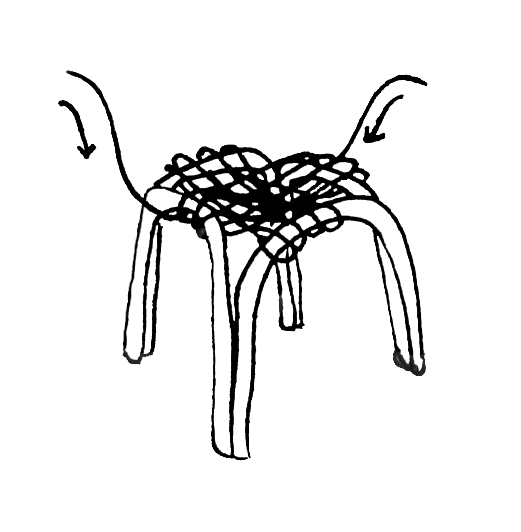
In fact, each stool that I saw and photographed had a different braided, depending on the necessity and on the availability of materials. The freedom given to the user from the smith , reminds me “Autoprogettazione” of Enzo Mari, who encourage the customer to build their own furniture in order to know the weakness of the product and be able to repair it. Of course, the Bedouin culture is characterized by their nomadic approach to life, that makes them handy people and capable of fixing and adapting objects.
